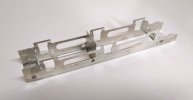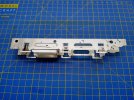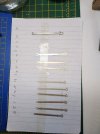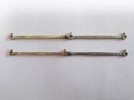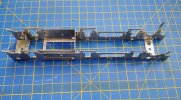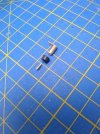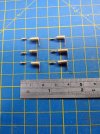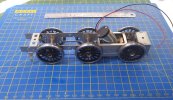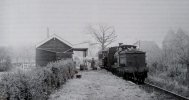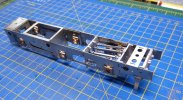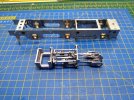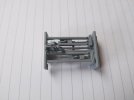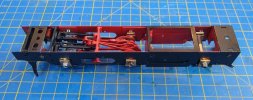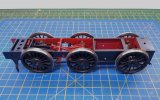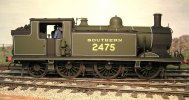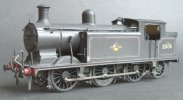PaulR
Western Thunderer
Hi Everyone,
I started building this 7mm loco about a month ago and it's probably going to take all winter. It's by far the most challenging kit I've built although I have every reason to believe that it's well designed and the instructions look very comprehensive. The aspect that is particularly new to me is the cast resin boiler, a material that I'm unfamiliar with.
Most SERKits kits are for the South Eastern Railway era so I'm going off-piste a bit here by building it as the Wainwright rebuild running in the mid-1930s. Dan Garrett was able to provide all the parts for this version though, so it's down to me. I've decided that if I post a thread on it, I'll be more inclined to get on with it and to do my best - well, that's the theory anyway!
Here's my chosen loco - 31048, but I'll be building it as SR 1048 in unlined black and can't wait to get stuck in!
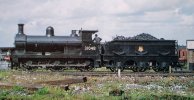
And here she is on the KESR in 1952.
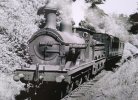
At the moment I'm working on the loco frames - I'll post photos in the next few days.
I started building this 7mm loco about a month ago and it's probably going to take all winter. It's by far the most challenging kit I've built although I have every reason to believe that it's well designed and the instructions look very comprehensive. The aspect that is particularly new to me is the cast resin boiler, a material that I'm unfamiliar with.
Most SERKits kits are for the South Eastern Railway era so I'm going off-piste a bit here by building it as the Wainwright rebuild running in the mid-1930s. Dan Garrett was able to provide all the parts for this version though, so it's down to me. I've decided that if I post a thread on it, I'll be more inclined to get on with it and to do my best - well, that's the theory anyway!
Here's my chosen loco - 31048, but I'll be building it as SR 1048 in unlined black and can't wait to get stuck in!

And here she is on the KESR in 1952.

At the moment I'm working on the loco frames - I'll post photos in the next few days.

